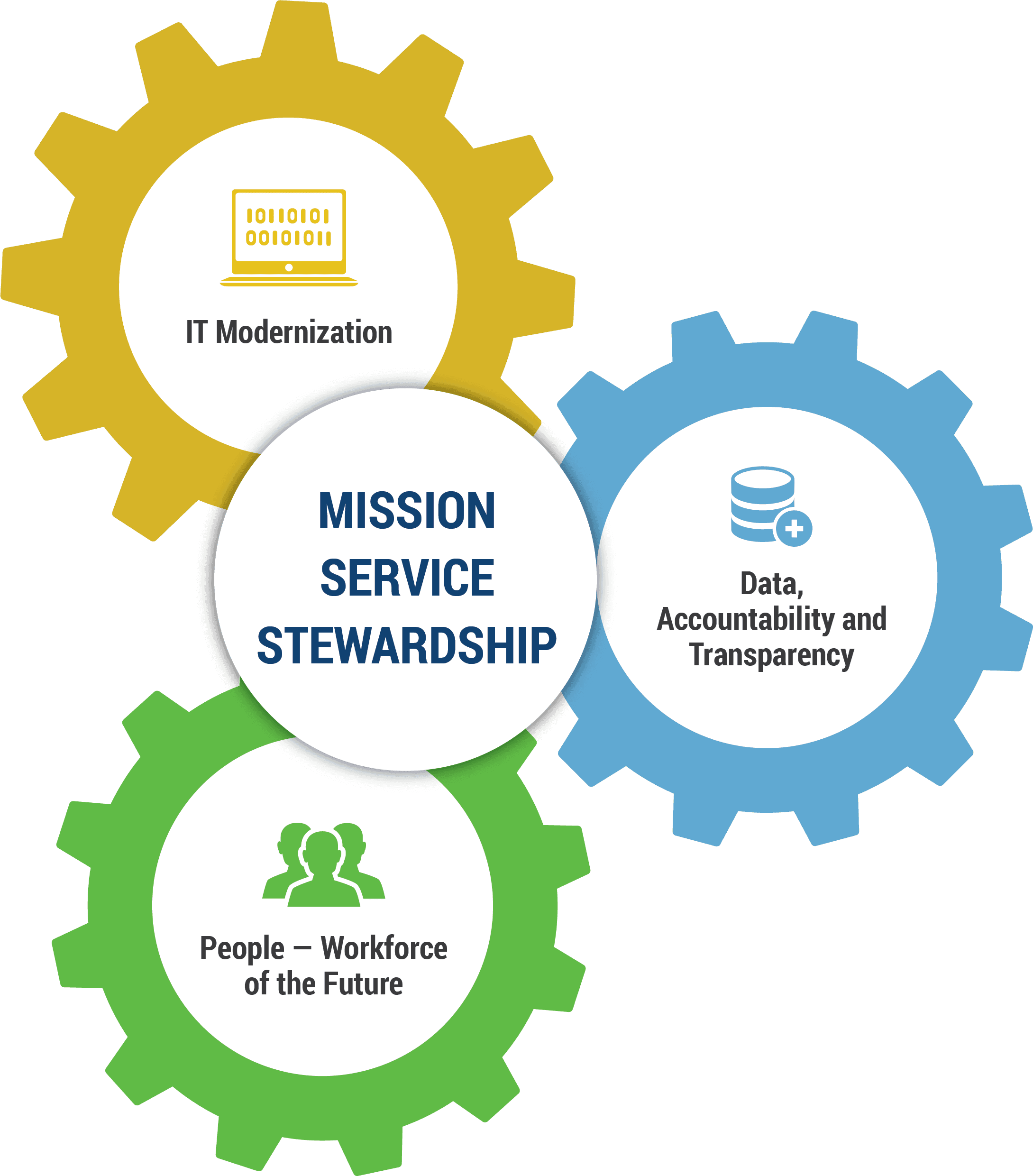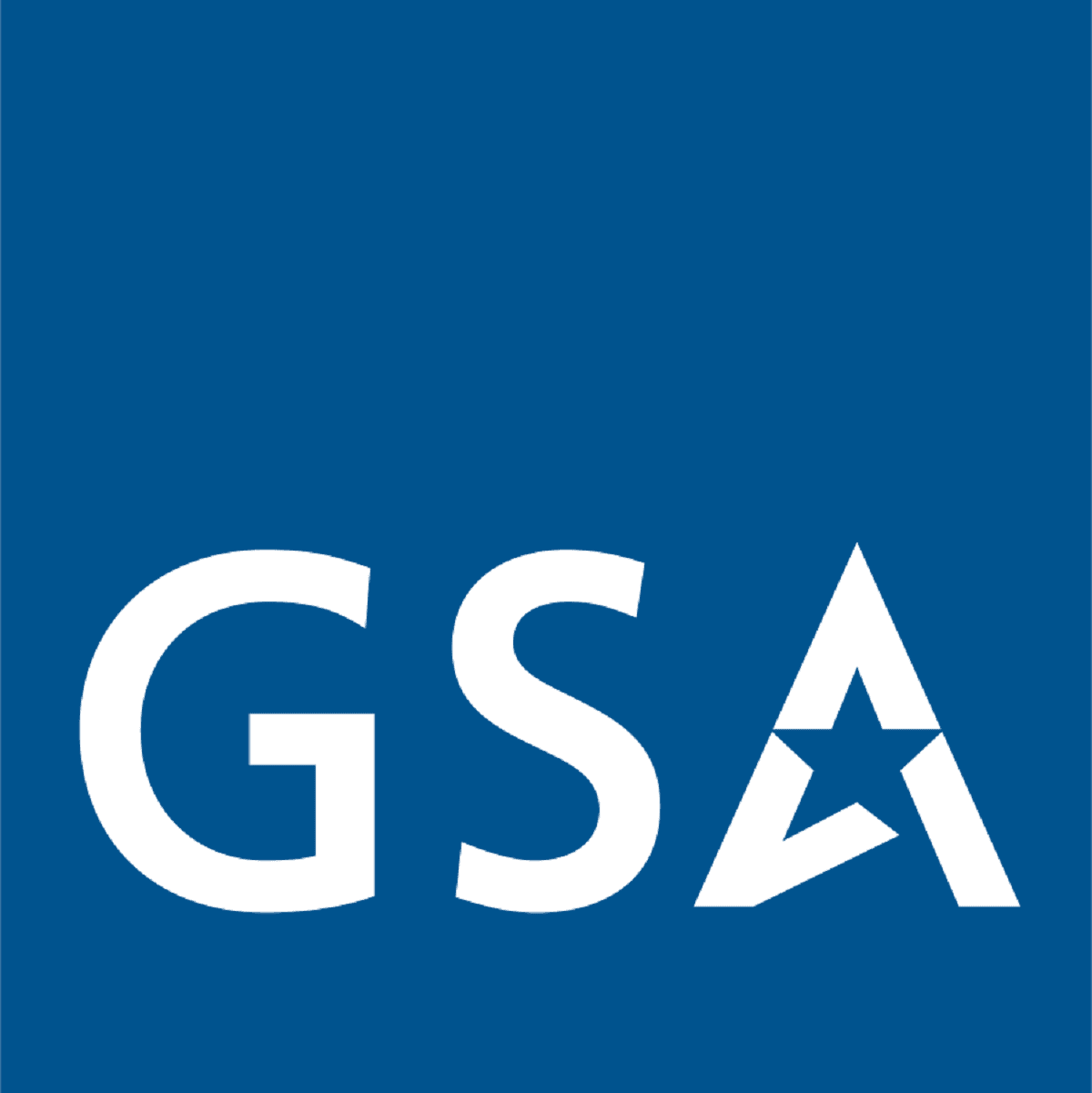The President’s Management Agenda lays out a long-term vision for modernizing the Federal Government in key areas that will improve the ability of agencies to deliver mission outcomes, provide excellent service, and effectively steward taxpayer dollars on behalf of the American people. To drive these management priorities, the Administration leverages Cross-Agency Priority (CAP) Goals to coordinate and publicly track implementation across Federal agencies.
Watch an overview of the PMA
Watch how a modern SBA helps small businesses
A Multi-Generational Vision for Reform
The President’s Management Agenda sets forth a long-term vision for effective government on behalf of the American people focused on the following:
Mission
The American people count on the Federal Government every day, from national security to infrastructure to food and water safety. Public servants must be accountable for mission-driven results but must also have the necessary tools and resources to deliver.
Service
Federal customers range from small businesses seeking loans, to families receiving disaster support, to veterans owed proper benefits and medical care. They deserve a customer experience that compares to—or exceeds—that of leading private sector organizations, yet most Federal services lag behind the private sector.
Stewardship
Effective stewardship of taxpayer funds is a crucial responsibility of Government, from preventing fraud to maximizing impact. Taxpayer dollars must go to effective programs that produce results efficiently.
Cross-Agency Priority Goals
Cross-Agency Priority (CAP) Goals have been established to drive implementation of the President's Management Agenda (PMA) and tackle critical government-wide challenges that cut across agencies. The CAP Goals provide the components of the Federal Government Performance Plan required by the GPRA Modernization Act of 2010.
View the Current CAP GoalsView the Key Performance IndicatorsKey Drivers of Reform
Progress on the complex and interconnected challenges of modernizing government has been attempted in the past but often failed due to siloed efforts. Getting traction calls for broader, system-level thinking to tackle interconnected barriers to change, most notably related to aging technology infrastructure, disconnected data and an outmoded civil service framework. Modernizing Government for the 21st century requires work in three key areas.
- Modern information technology must function as the backbone of how Government serves the public in the digital age. Meeting customer expectations, keeping sensitive data and systems secure, and ensuring responsive, multi-channel access to services are all critical parts of the vision for modern Government.
- Data, accountability, and transparency initiatives must provide the tools to deliver visibly better results to the public, while improving accountability to taxpayers for sound fiscal stewardship and mission results. Investments in policy, people, and processes are key elements of this transformation and require cross-agency cooperation to ensure an integrated Data Strategy that encompasses all relevant governance, standards, infrastructure and commercialization challenges of operating in a data-driven world.
- The Workforce for the 21st Century must enable senior leaders and front-line managers to align staff skills with evolving mission needs. This will require more nimble and agile management of the workforce, including reskilling and redeploying existing workers to keep pace with the current pace of change.






